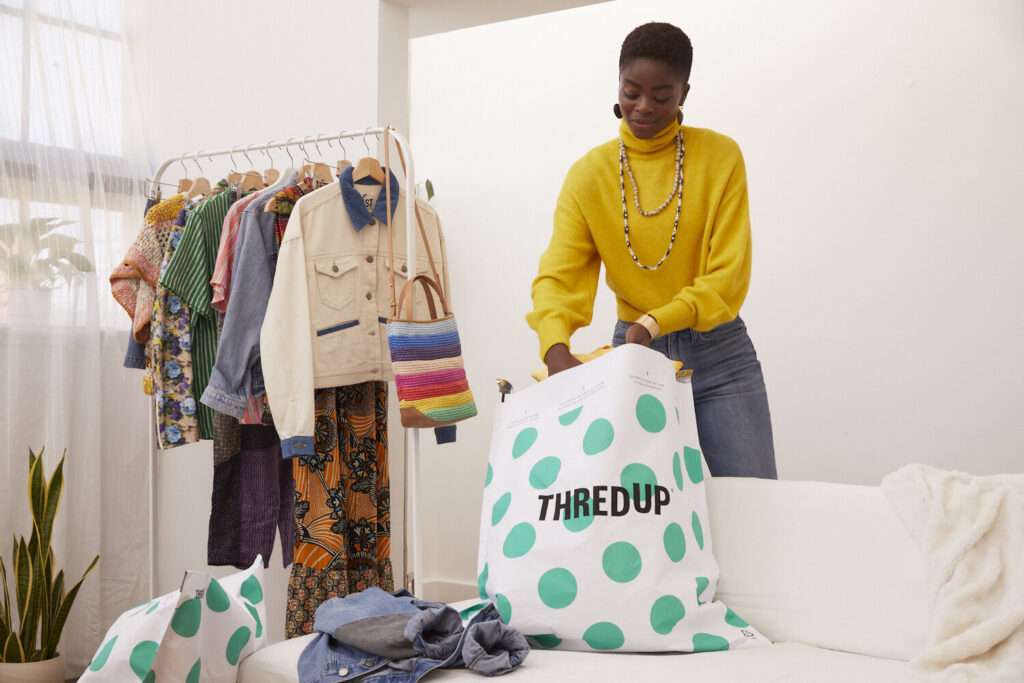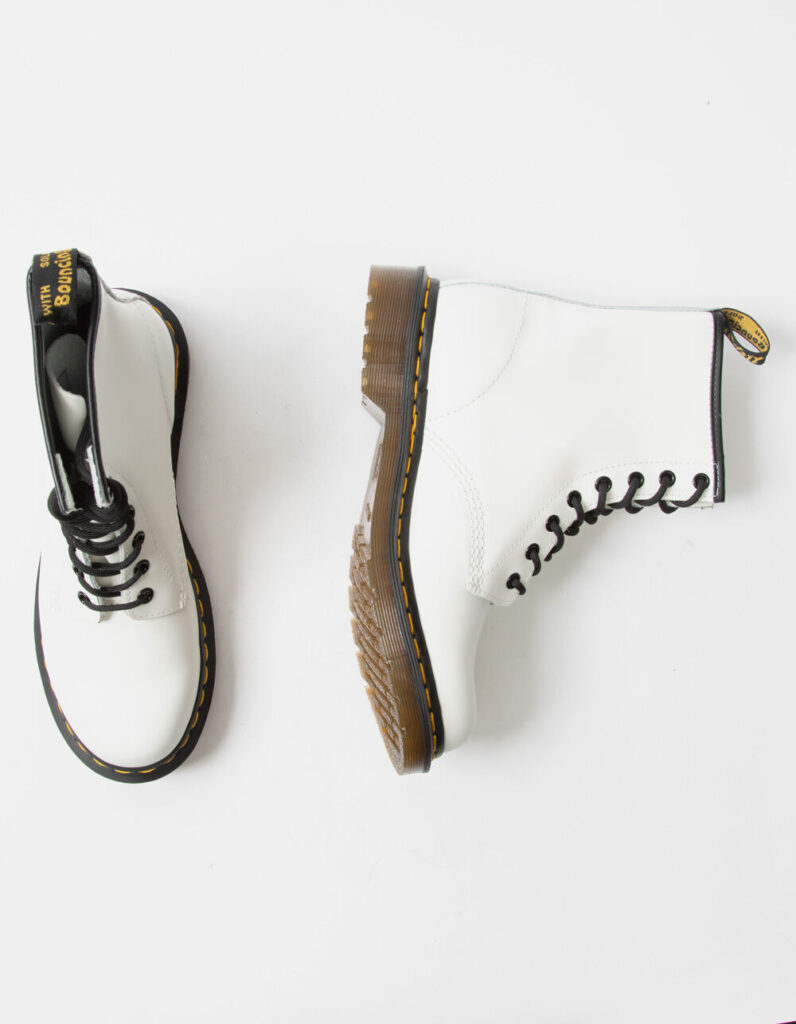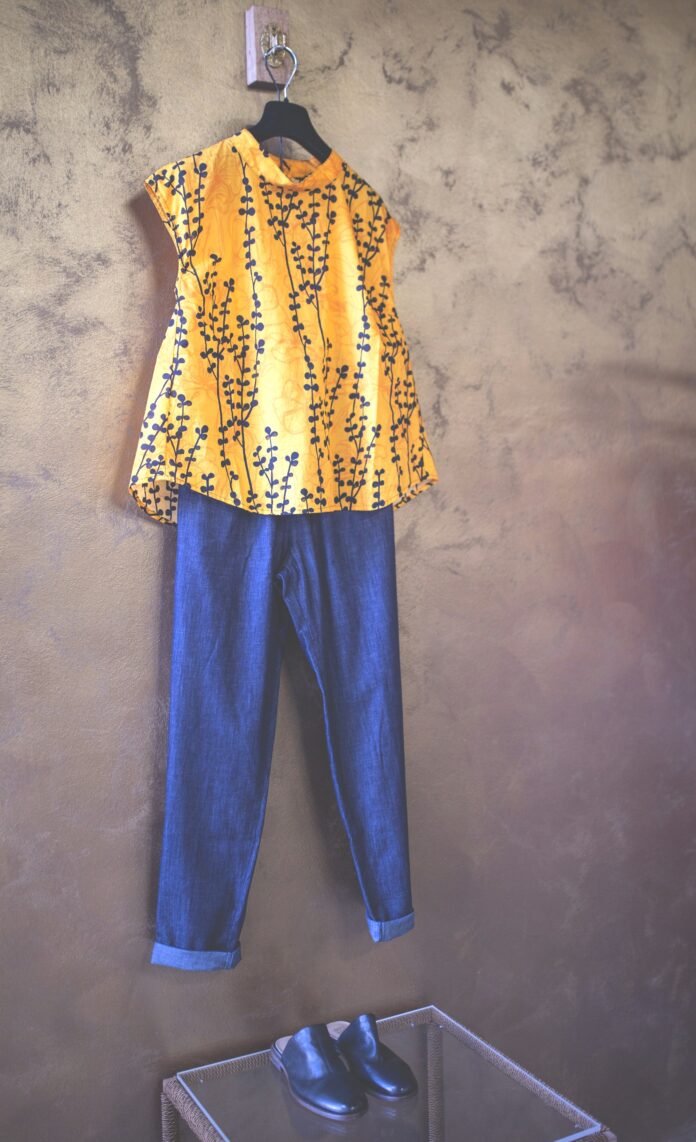In its 12th annual report, leading secondhand platform ThredUp says resale grew 15 times faster than conventional retail last year and will reach $350 billion globally by 2028.
Compiled by the retail analytics firm GlobalData, the new ThredUp report provides a comprehensive overview of the global and U.S. secondhand markets, including projections up to 2033 and insights into the trends driving significant growth of online resale. The report indicates that the resale sector’s growth outstripped that of the traditional retail market by more than 15 times in 2023. This surge reflects a broader consumer shift toward more sustainable shopping habits, with 60 percent of shoppers identifying secondhand purchases as offering the best value for money. Additionally, 55 percent of consumers have expressed a willingness to increase their spending on secondhand items if the economic climate does not improve.
“The global secondhand apparel market continues to burgeon — a testament to the intrinsic value shoppers find in the secondhand experience and proof of the seismic shift towards a more circular fashion ecosystem,” James Reinhart, CEO of ThredUp, said in the report. “As we celebrate this progress, we also recognize the powerful role the government can play in accelerating the transition to a more sustainable future for fashion. Now in its 12th year, the Resale Report shows some of the most promising signals of what that future could look like with increased levels of support. Until fashion is no longer one of the most damaging sectors of the global economy, we will continue to advocate for the government to help drive adoption and behavior change in fashion,” he said.

The report follows the recent announcement from eBay that it has greenlit luxury consignment on the platform. One of the first online resale platforms, eBay sells a significant amount of secondhand garments already — more than 20 shirts, eight coats, and six pairs of jeans every minute just in the U.S., U.K., and Germany. Like the increased demand on eBay, ThredUp’s report highlights secondhand is here to stay. The report’s top five trends showcase the secondhand apparel market’s robust growth, expected to hit $350 billion globally by 2028. The trends include the secondhand sector outpacing the broader retail category, shoppers gravitating toward buying secondhand online, value-seeking shoppers driving the sector, branded resale, and government action to promote circularity could accelerate a sustainable fashion future.
In the U.S., the resale market grew seven times faster than the overall retail clothing market in 2023 and is anticipated to reach $73 billion by 2028. Online resale, in particular, is forecasted to more than double over the next five years, reaching $40 billion. The report notes nearly two in three consumers who purchased secondhand items last year did so online, and 45 percent of younger generations prefer online shopping. Sixty percent of consumers said secondhand shopping delivers more value for the spend and 55 percent said they will increase secondhand purchases if the economy doesn’t improve.

Another notable trend highlighted is the weighty increase in branded resale, with a 31 percent year-over-year growth and 163 brands now offering resale options. The report noted that in 2023, labels including J. Crew, American Eagle, and Kate Spade launched resale, and FULLBEAUTY Brands, ELOQUII, Modcloth, and Betabrand all announced new resale programs powered by ThredUp’s Resale-as-a-ServiceR (RaaSR). Branded resale’s success is attributed to retailers’ ability to generate revenue, meet sustainability goals, and attract new customers through their resale shops.
Neil Saunders, Managing Director at GlobalData, pointed out the cross-generational appeal of secondhand shopping. “With more than half of all consumers shopping for secondhand apparel last year, it’s evident that resale is now firmly embedded in the fashion landscape,” he said. “Secondhand buying transcends generations, with the role of resale changing throughout consumers’ lives. Younger shoppers turn to secondhand for self-expression and to help create their personal style; parents rely on secondhand to outfit their families in a cost-effective and eco-conscious way; and older generations turn to secondhand to snag affordable, higher-end brands and for the thrill of the hunt. Secondhand’s flexibility in meeting such varied needs is a key reason it’s become so popular and has such a promising growth trajectory.”
Related on Ethos:


